
2024 Bajaj Chetak Premium First Ride Review: The Perfect Commuter EV
- Jan 16, 2024
- Views : 4026

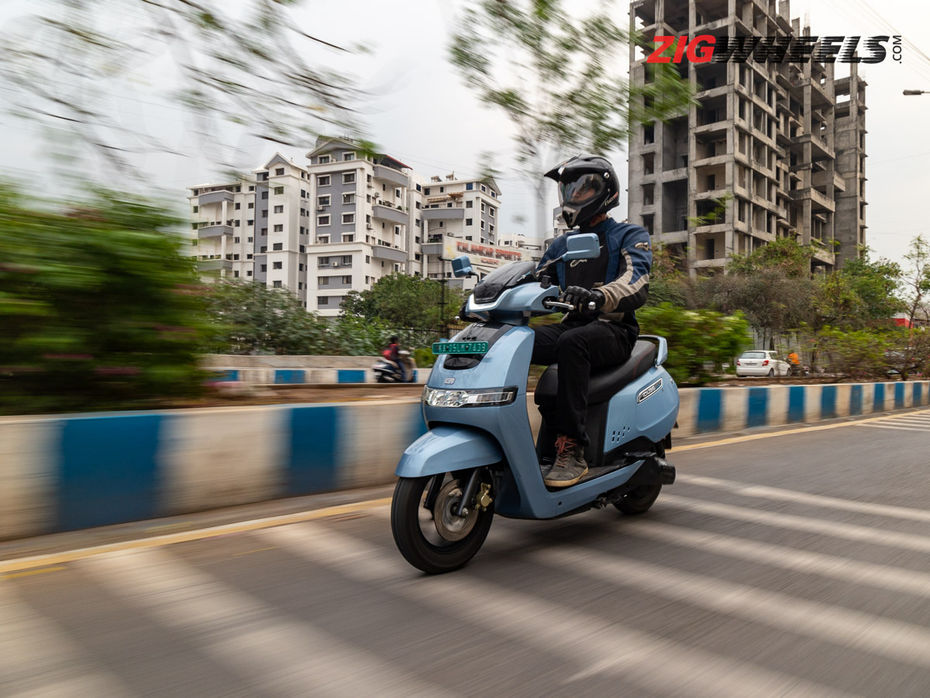
My relationship with the TVS iQube S has ascended into the next phase. As we enter the sixth month of togetherness, the honeymoon phase is long-gone. While last time around, I found it quite hard to fault it, now I’ve begun to see the more vulnerable side of the little scoot. Here are some things I disliked about it:
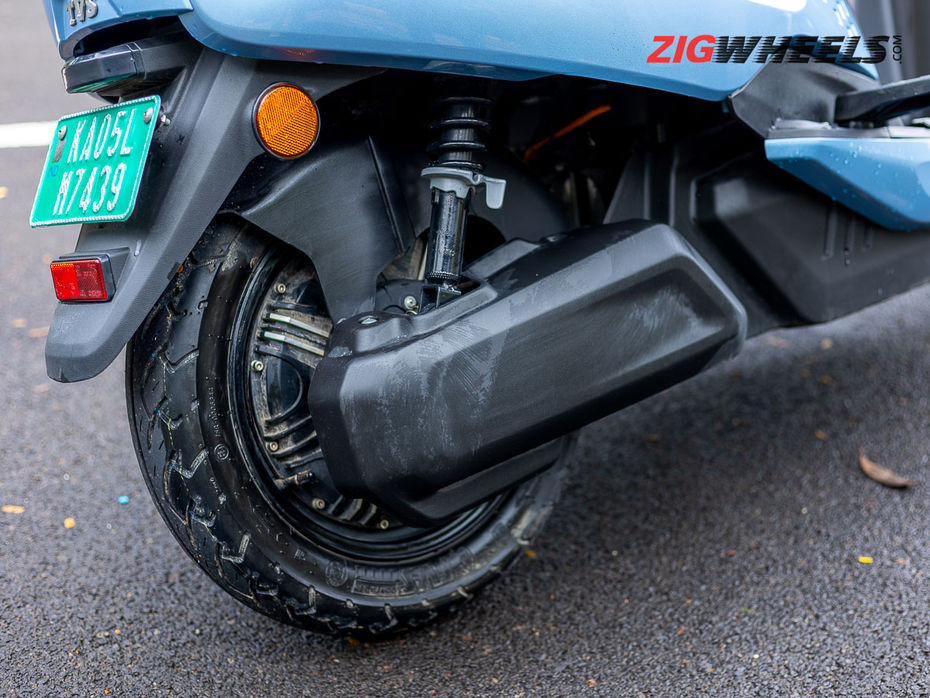
We had a pair of shiny new shoes for the iQube and I went to as many as three TVS service centres and guess what? None of them had experts who could remove the rear wheel, with its integrated hub motor to change them on-the-spot. It would’ve taken us at least a couple of hours in order to get the new tyres on.
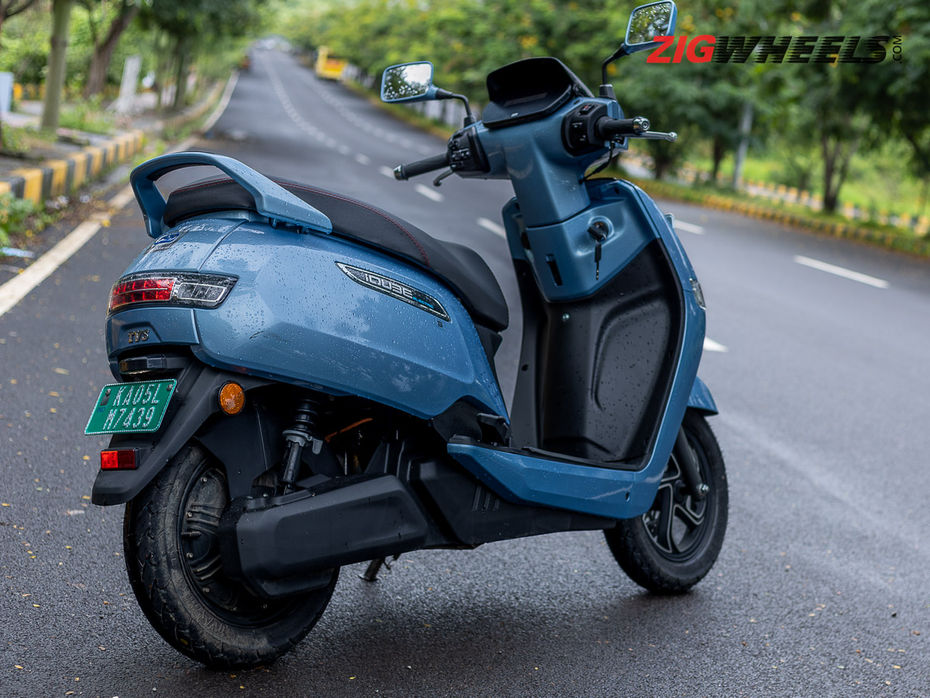
The hub motor’s instant torque is surely very nice but it’s a mechanic’s nightmare. While our plans with the new tyres didn’t work out, it did show us how inconvenient it will be to fix something as simple as a puncture at your local tyre shop. And there’s no centre stand either to rotate the wheel in place to find punctures.
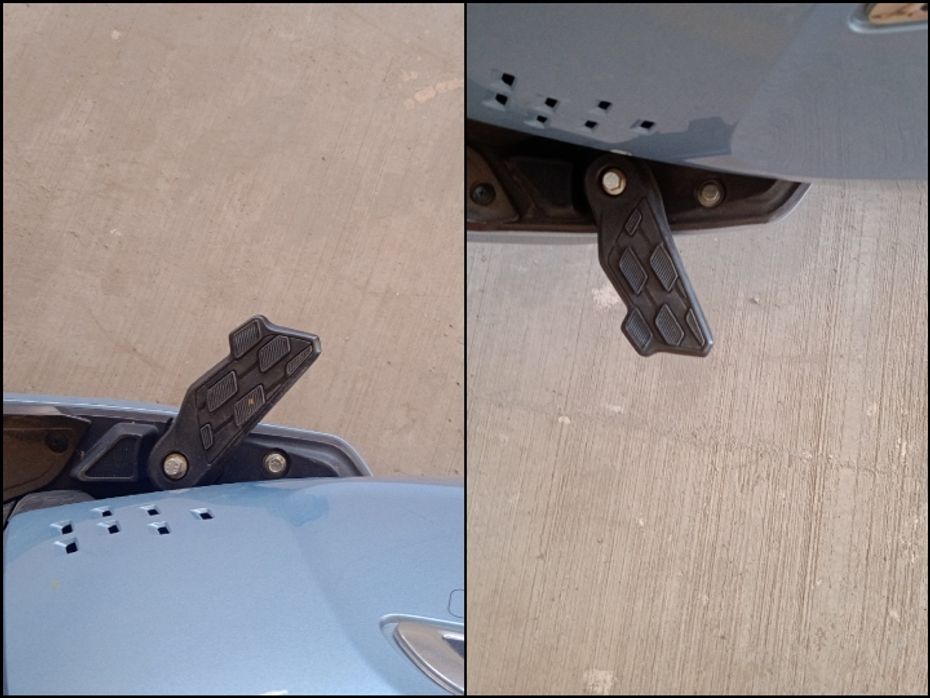
The iQube’s little niggles aren’t bothersome, but they’re just…there. Around 3000km in, both footpegs started dangling loosely and the mirrors have become loose a couple of times already. And the last 200-odd kilometres have seen the rear tyre hugger bounce and rattle as I go over our wonderful roads.
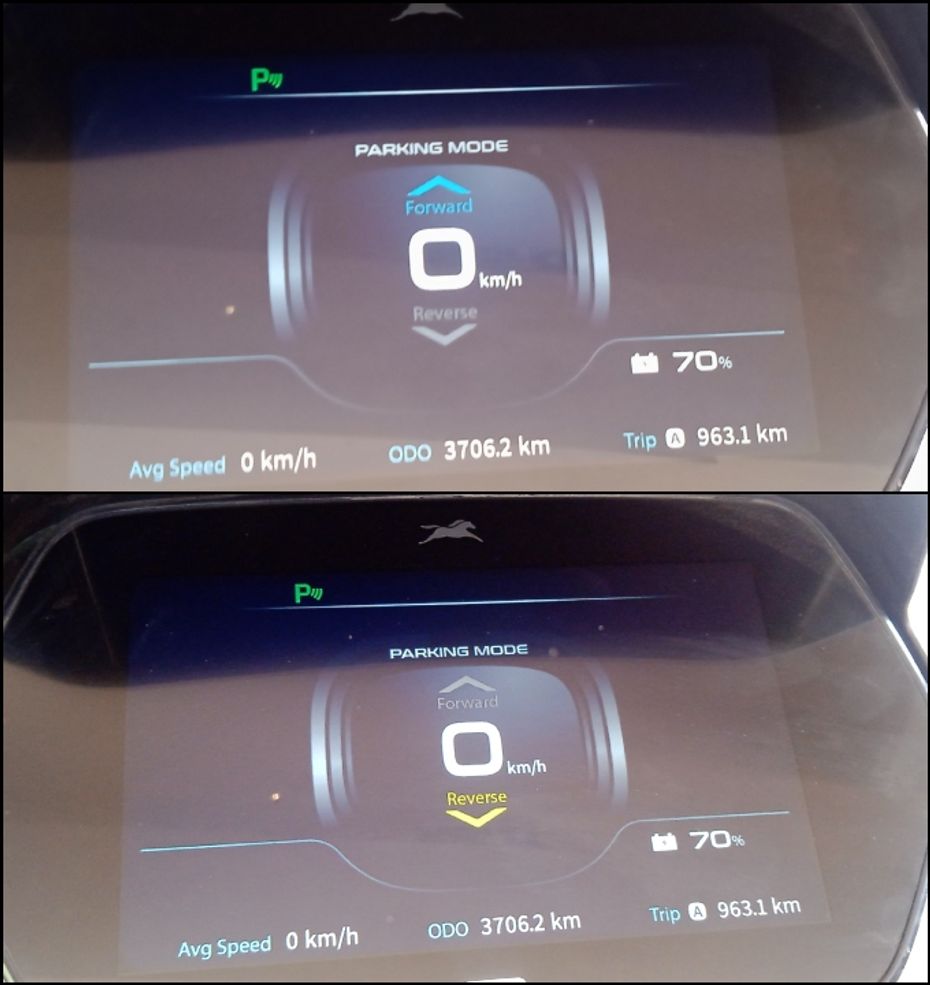
But the weirdest part is definitely the iQube’s parking mode. The scooter’s 7-inch TFT isn’t the smartest to use and the process of getting into the parking mode ranks low on the intuitive factor. In order to activate parking mode, you need to press the parking mode while engaging the front brake. While that’s a slightly complicated process in itself, you need to do the exact same thing (long-press the parking mode with the front brake engaged) in order to disengage the parking mode, which honestly is a bit inconvenient.
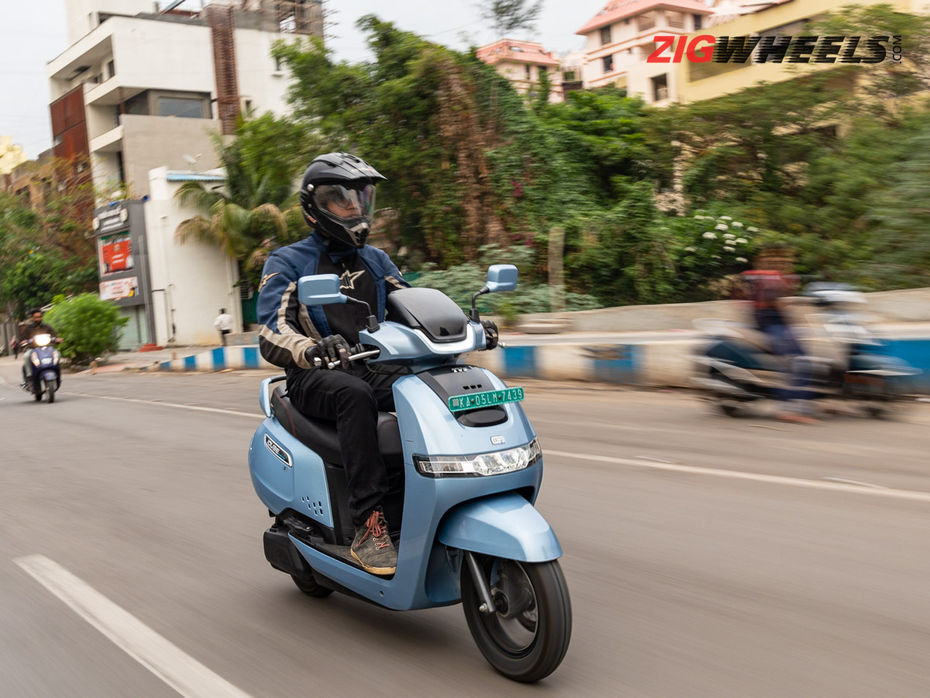
That’s how relationships are though, aren’t they? Heck, are they even fun if there are no hassles? And the above mentioned ones, are thankfully minor and easy fixes. Some patience in your mind and a couple of tools in your boot is all it’ll take to sort these out.
But having spent all this time with the iQube, there are quite some things it’s won me over with too. So here are four things that came as a warm hug from this e-scoot.
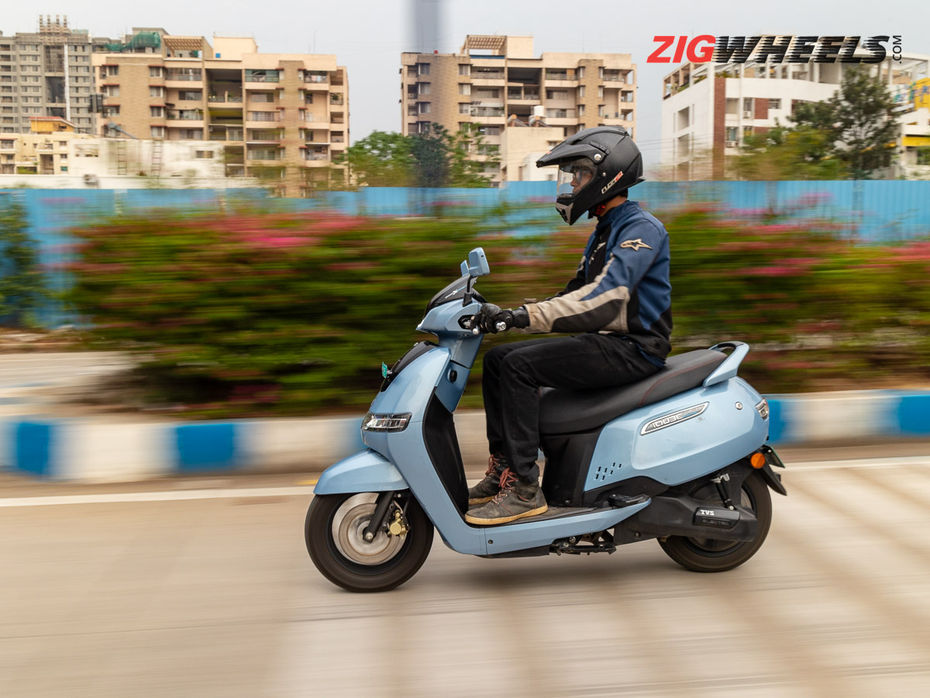
We all love an understanding partner and the iQube’s been no less than that. Its motor, for example. It’s received a lot of love for how nice it feels, even in the Eco mode, but what’s not been talked about is the smart way it goes around its business. Let me explain.
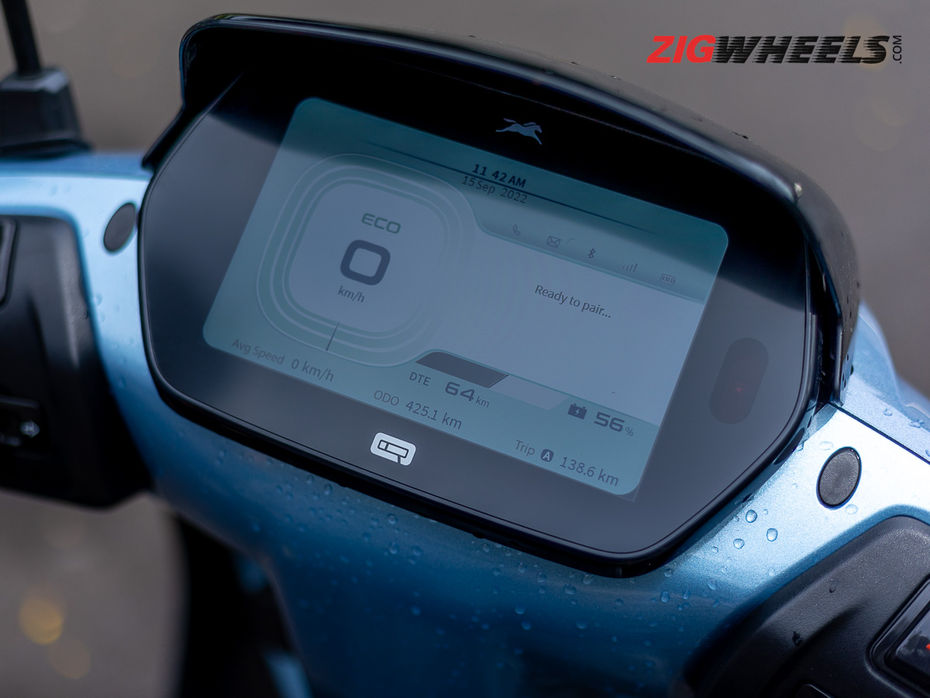
I love the way the iQube counters low charge: by reducing the top speed. My average mathematical skills saw me in a hairy situation once, with 23km to cover and 22km on the DTE. But realizing the low battery percentage, the iQube automatically reduced my top speed to around 42kmph, which is around 10kmph lower than it usually is at full charge. The important point here is that the motor’s torquey nature wasn’t altered.
So I still had ample torque on tap at a top speed that, honestly, is ample for commuting. So what could’ve been a rather discouraging experience turned into a wholesome one as with a controlled and consistent right hand, I not only reached home, but also extracted 2km more from the e-scoot and reached office the next day!
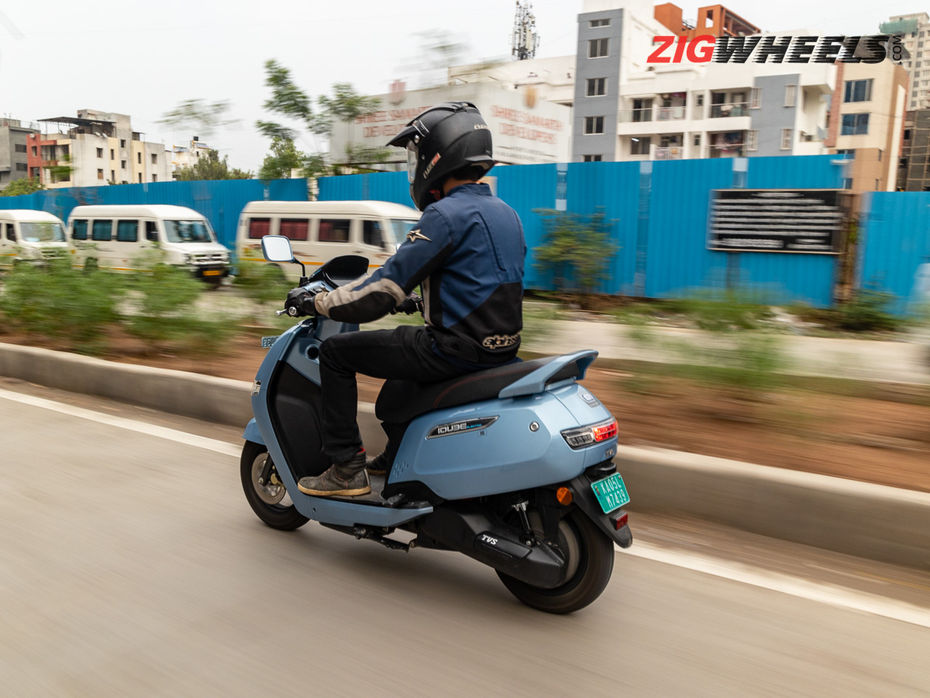
And while we’ve talked about the iQube’s regenerative braking system being rather enthusiastic, I’d like to talk about the smart way it works. If you ride the iQube in a spirited manner, I’ve seen the regen braking kick in at about 95 percent. But if ridden in a sedate manner, I’ve seen the system kick in as late as 85 percent too!
I also love how the regen braking cuts down pace progressively. Its intervention is extremely low to begin with and the scooter feels like it’s almost free-rolling. And as the battery percentage depletes further, its intervention becomes higher. In fact, I’ve hardly found myself using the brakes at city speeds as a gentle roll off the throttle is all it takes to shed speed.
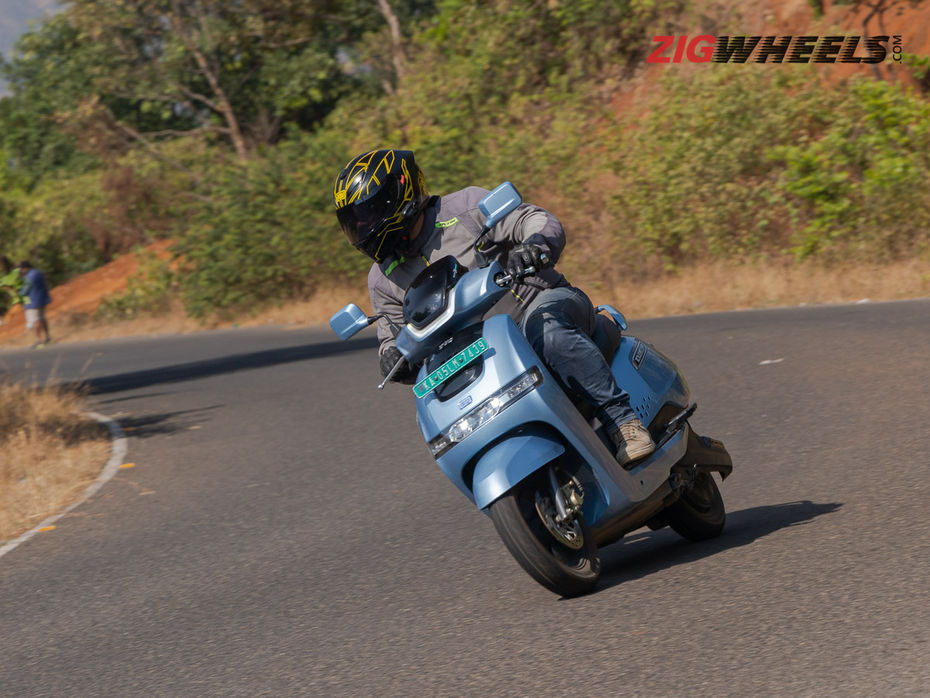
The iQube has always been the family-friendly scooter, meant to help you putter around in the city. But in the past few months, it was taken out of its comfort zone too, be it my small-but-regular highway stints or Jehan belting it up and down the twisties of Lavasa with me as his pillion.
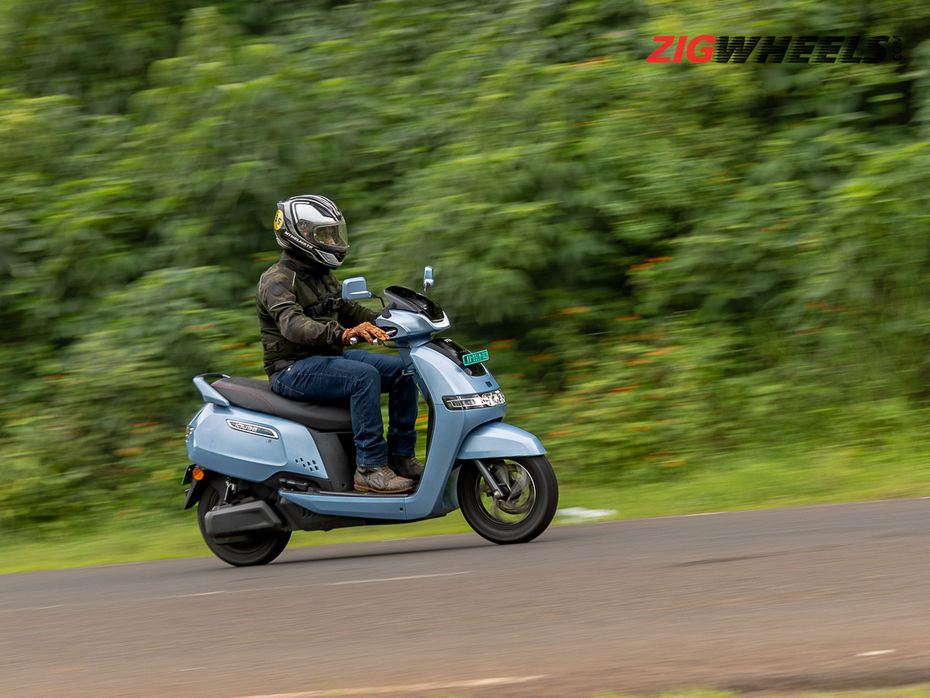
The iQube is unsurprisingly good at the former. Even at speeds of around 70kmph, you have just enough juice left to manage some quick overtakes. I even reached a speedo-indicated top speed of 93kmph. As long as the highway stints aren’t too long, the iQube can manage it.

The latter, meanwhile, came as a pleasant surprise for all of us. The iQube was the only scooter to reach the top of Lavasa in one go and definitely wasn’t slow. You can check more about it here. What was really nice for me was that its pillion seat was quite comfortable as well. It is on the softer side so long hours might cause your butt to sink in, but what really worked for me was the grab rail. It’s extremely functional and the best part about it is that it was positioned right behind my butt, meaning I could hold onto it for dear life each time a wild Jehan went hard on the gas.

Parking our test units in public places has always been a source of anxiety for me. But the iQube blends into the sea of petrol-powered scooters so well, it gives my mind a lot of peace, knowing that there’ll be no one ogling over, or fiddling around with it.
Yes, the iQube has been designed for a more mature audience and while many 16 year olds out there might not like it, I am more than okay not being the centre of attention.
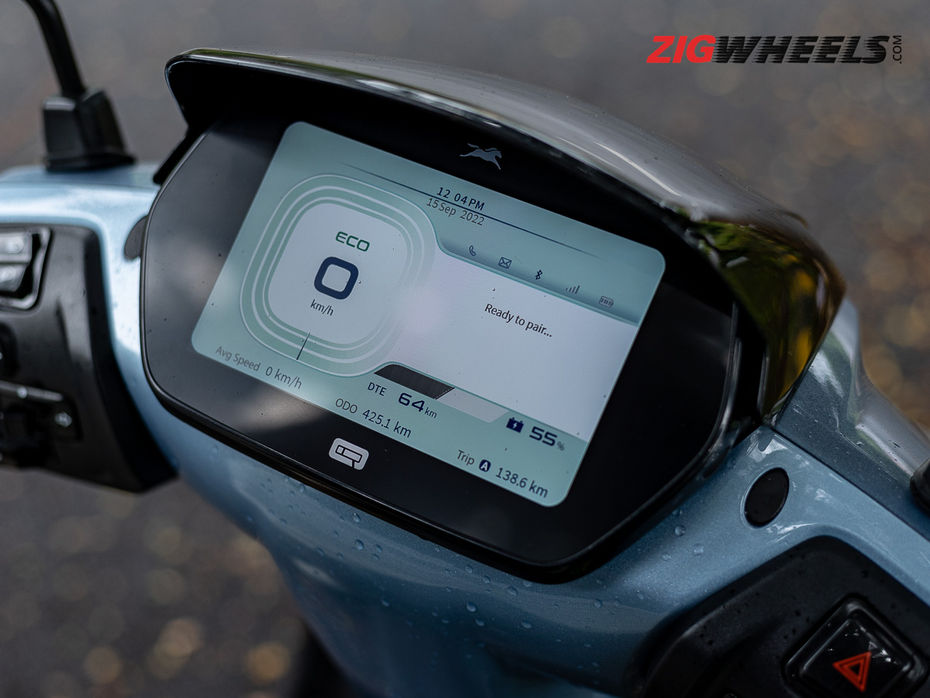
But where the iQube has truly put me at ease is with its reliability. On multiple occasions, before stepping out on it, I have a habit of noting down the odometer and distance-to-empty readings and then comparing them at the end of the trip. And the results were quite incredible. The maximum difference that I ever got was a tiny 2km.
And while I never really drained it in this period, I did find myself in a bit of a hairy situation (as mentioned earlier too) on multiple occasions, and riding it in a sane manner has seen me extract 3-4kms more than what the DTE showed.
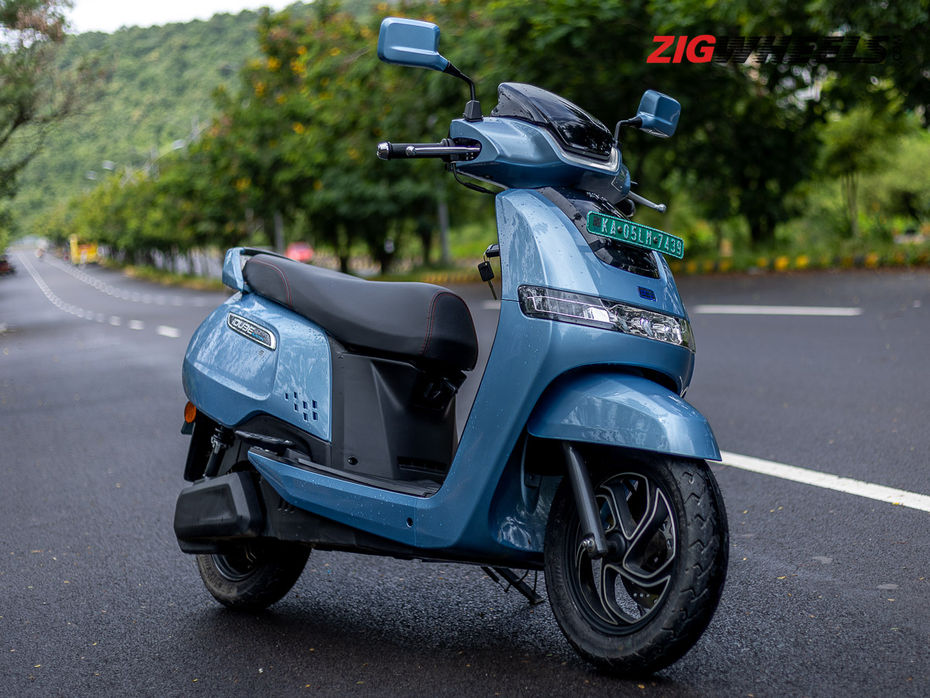
What has also stood out to me in this time period is the iQube’s solid build quality. Apart from the footpeg and rear tyre hugger (both of which aren’t hard fixes), there are no signs of rattle on the scooter, despite me putting the scooter through some of the ugliest speed breakers and potholes Pune has to offer. Even the paint finish hasn’t really shown any signs of fading.
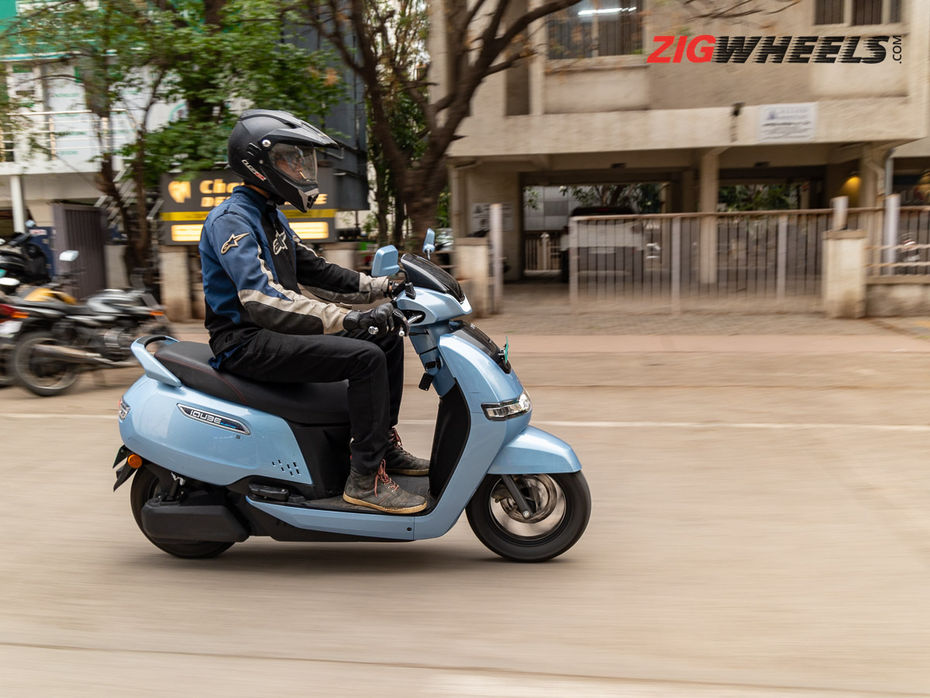
I talked about the iQube’s vulnerabilities showing up in the past four months, and they really did. But honestly, I quite liked it. The iQube kept things real between us. Its flaws are limited and nothing that some future planning won’t solve. It’s not perfect, but neither does it pretend to be one, and that is what I love about it. And most importantly, it’s reliable, it’s earned my trust over a relatively short period of time. It’s taken up the responsibility of taking me from one place to another and it’s done that rather comfortably, smoothly and very very silently. All of it WHILE saving me a lot of money.
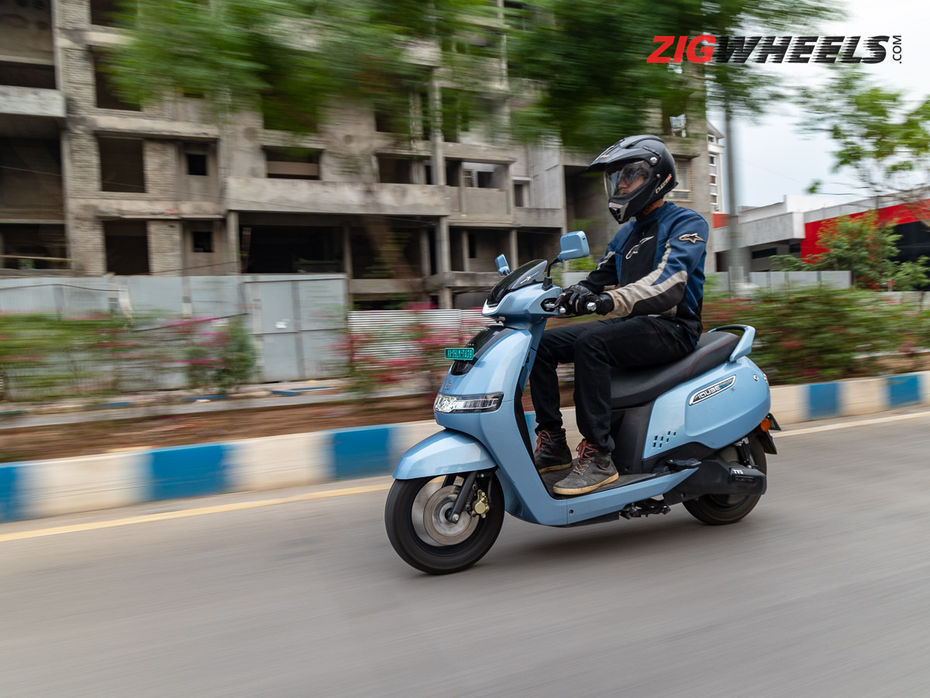
So what’s next for us? For starters, a couple of dates at the charging stations around me of course. The iQube is also all set to go for its first service soon. So stay tuned to ZigWheels as we’ll be posting more exciting stuff about the iQube, especially about its first service, something I am sure a lot of you are curious about.
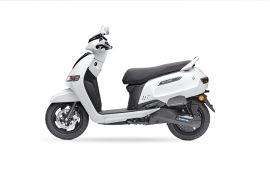

2024 Bajaj Chetak Premium First Ride Review: The Perfect Commuter EV

Ather Rizta Road Test Review: Good, But Not Completely There Yet

Ather Rizta Review - The Perfect Family Electric Scooter?

Ola S1 Pro vs Ather 450X Comparison Review: Is Ola Really The Game...

Ola S1 Pro MoveOS 3 Review: Better But Still Not Faultfree

Honda Activa 6G Review: Six Key Takeaways
 Honda Activa e
Honda Activa e
 Bajaj Chetak
Bajaj Chetak
 Ola S1 X
Ola S1 X
 Ather Rizta
Ather Rizta
India's largest automotive community
 TVS NTORQ 125
Rs. 86,841
TVS NTORQ 125
Rs. 86,841
 TVS Jupiter
Rs. 74,691
TVS Jupiter
Rs. 74,691
 TVS Jupiter 125
Rs. 79,299
TVS Jupiter 125
Rs. 79,299
 TVS XL100
Rs. 44,999
TVS XL100
Rs. 44,999
 TVS Scooty Zest
Rs. 74,476
TVS Scooty Zest
Rs. 74,476
 TVS Apache RTR 160
Rs. 1.20 Lakh
TVS Apache RTR 160
Rs. 1.20 Lakh
 TVS Raider
Rs. 85,010
TVS Raider
Rs. 85,010
 TVS Ronin
Rs. 1.35 Lakh
TVS Ronin
Rs. 1.35 Lakh
 TVS Apache RTR 160 4V
Rs. 1.24 Lakh
TVS Apache RTR 160 4V
Rs. 1.24 Lakh
 TVS Apache RTR 310
Rs. 2.49 Lakh
TVS Apache RTR 310
Rs. 2.49 Lakh
 Mahindra BE 6
Rs. 18.90 Lakh
Mahindra BE 6
Rs. 18.90 Lakh
 Hyundai Creta Electric
Rs. 17.99 Lakh
Hyundai Creta Electric
Rs. 17.99 Lakh
 Mahindra XEV 9e
Rs. 21.90 Lakh
Mahindra XEV 9e
Rs. 21.90 Lakh
 MG Windsor EV
Rs. 13.99 Lakh
MG Windsor EV
Rs. 13.99 Lakh
 Tata Curvv EV
Rs. 17.49 Lakh
Tata Curvv EV
Rs. 17.49 Lakh